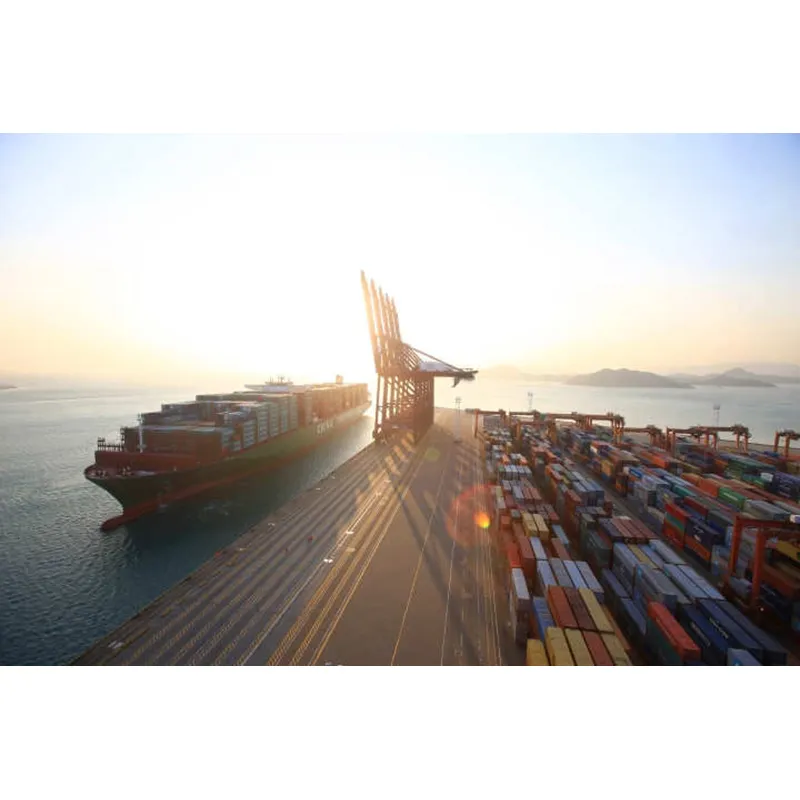
Sea freight to Monrovia, Liberia is not ideal if you need your goods or products urgently. Shipping through the ocean may take weeks or even months, and this delay may hinder the smooth running of your business operations. Additionally, it requires a longer time to prepare for the shipment, paperwork, and documentation, and you, therefore, need to plan your shipments well in advance.
When shipping through the ocean, the container carrying your goods can get lost, stolen, or even damaged. Accidents can happen, which may lead to massive losses, and sometimes the consignee may receive the goods in poor condition. Another risk involved is piracy, especially in areas such as the Gulf of Guinea, which may lead to the hijacking of the vessel you are using to transport your goods.
Although sea freight is cheaper compared to air freight, there are some hidden costs such as storage costs, customs clearance, insurance, and inland transportation costs. The Importer should familiarize with these costs and ensure that he/she has budgeted well to avoid any inconveniences.
Sea freight involves the transportation of goods through the ocean using large ships, which emit massive amounts of greenhouse gases such as carbon dioxide, which leads to environmental pollution. The shipping industry is among the significant polluters globally and contributes significantly to climate change. The industry is taking measures to reduce pollution, but more needs to be done to protect the environment.
Despite the disadvantages related to using sea freight to Monrovia, Liberia, this mode of transportation remains a great option for shipping large volumes of goods at a lower cost. Understanding the risks and costs involved, and planning well in advance, can help you mitigate the challenges that come with this method of shipping.
GUANGZHOU SPEED INT'L FREIGHT FORWARDING CO.,LTD is a logistics company that provides sea freight services to Monrovia, Liberia and other destination ports worldwide. We pride ourselves on providing reliable, cost-effective, and efficient shipping solutions to our clients. We have experience in handling different types of cargo, and our team of professionals is dedicated to ensuring that your shipments reach their destination on time and in the right condition. To learn more about our services, please visit our website https://www.chinafricashipping.com or email us at cici_li@chinafricashipping.com.
1. Qian, Z. (2021). The impact of maritime transport on the environment. Maritime Policy & Management, 1-15.
2. Wang, K., & Tezuka, T. (2017). A comparison of air and sea transportation of carp feeds from Shiga, Japan to Jakarta, Indonesia. Transport, 32(1), 103-111.
3. Gough, C. (2019). Pirates and stowaways: A maritime security challenge. The RUSI Journal, 164(5-6), 42-48.
4. Kim, D., & Song, D. W. (2018). Pervasive logistics externalities along global supply chains: Lessons from low-sulfur regulation. Sustainability, 10(4), 1270.
5. Chen, B., Luo, S., & Nordfjærn, T. (2021). Environmental performance in the global shipping industry: A bibliometric review. Transportation Research Part D: Transport and Environment, 96, 102853.
6. Johnson, M. P. (2019). The global shipping industry. Routledge.
7. Bates, I. E., Kahwa, E., & Kipyegon, E. Y. (2016). Challenges in medicine access and health service delivery for migrants in the EU: A systematic review. Health Policy, 120(9), 901-912.
8. Priyono, A., & Affandi, A. (2019). Maritime security in the Sulu and Celebes Seas. Contemporary Southeast Asia, 41(3), 389-396.
9. Wang, Y. (2020). The effects of China's belt and road initiative on transportation. Maritime Policy & Management, 47(6), 790-804.
10. Bene, M. C. (2017). Environmental impacts of shipping: Cruise tourism in Venice. Journal of Environmental Planning and Management, 60(8), 1419-1441.